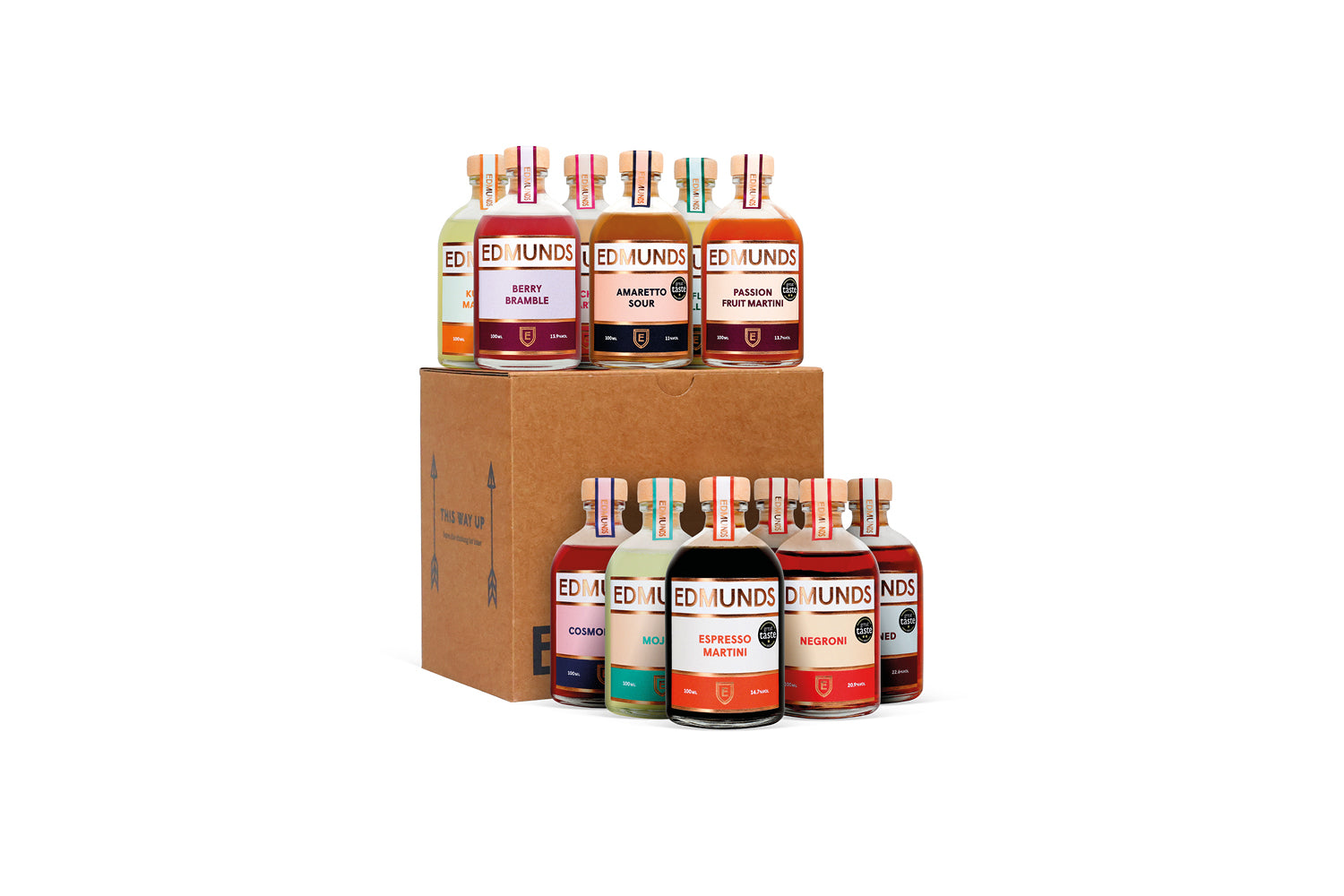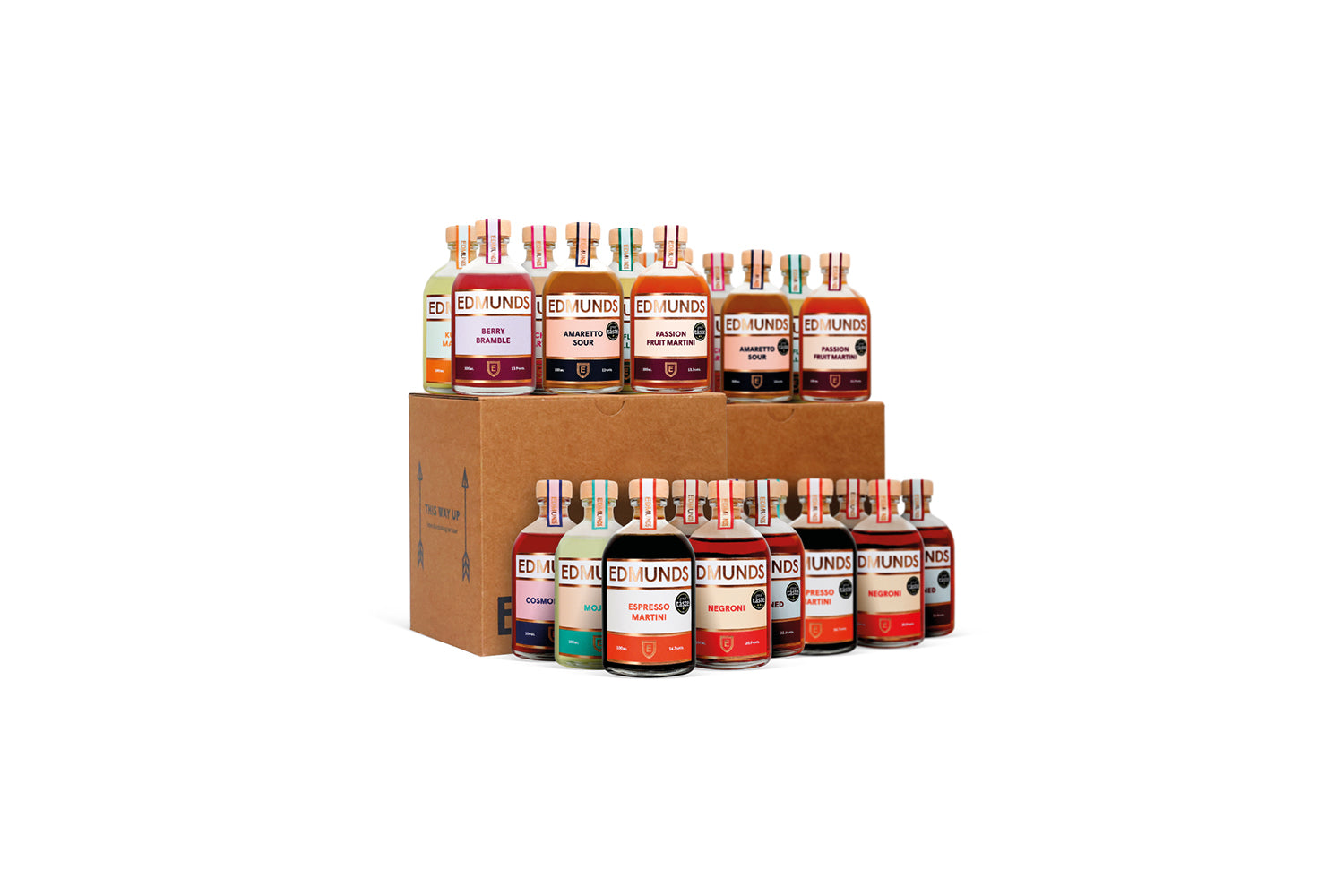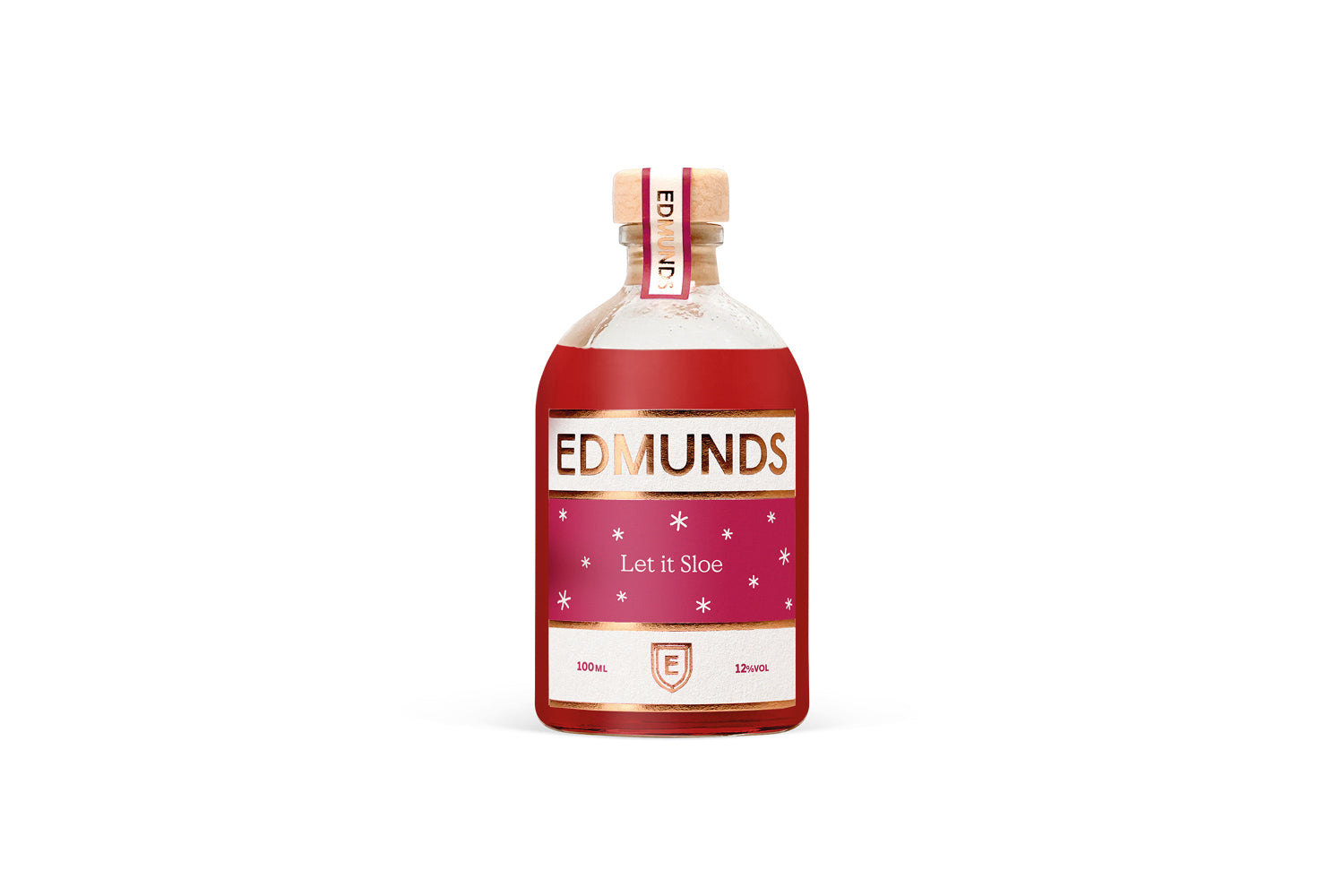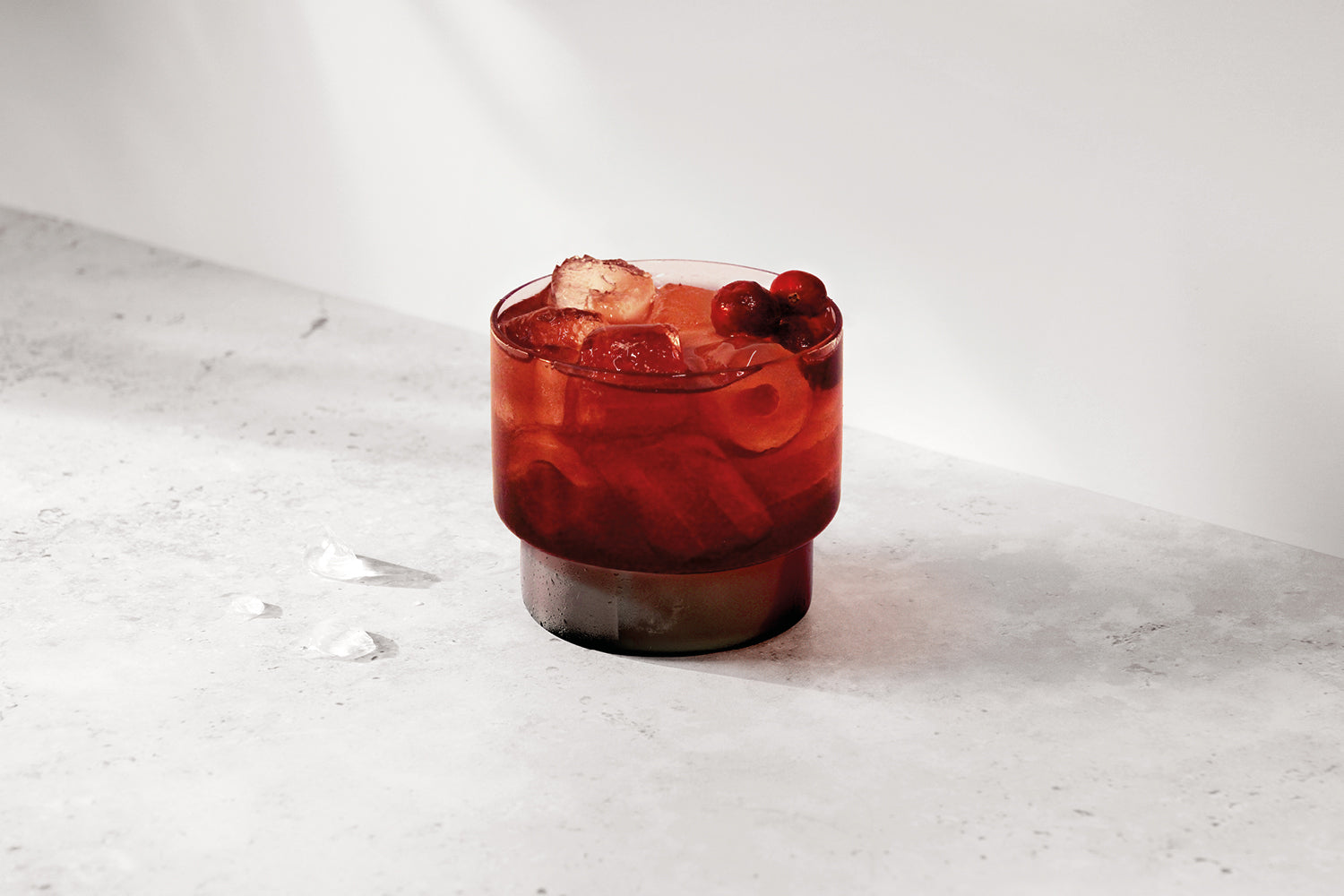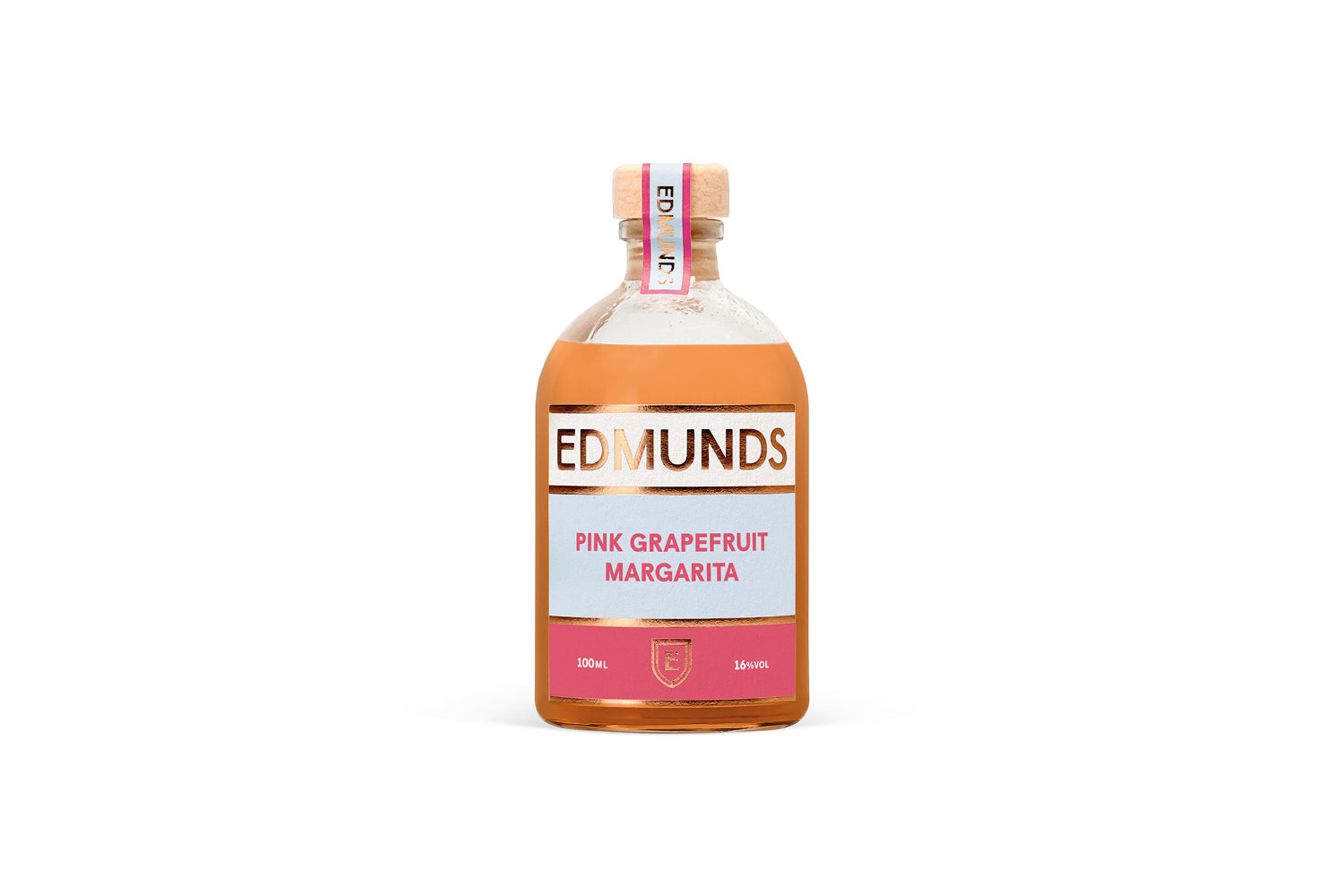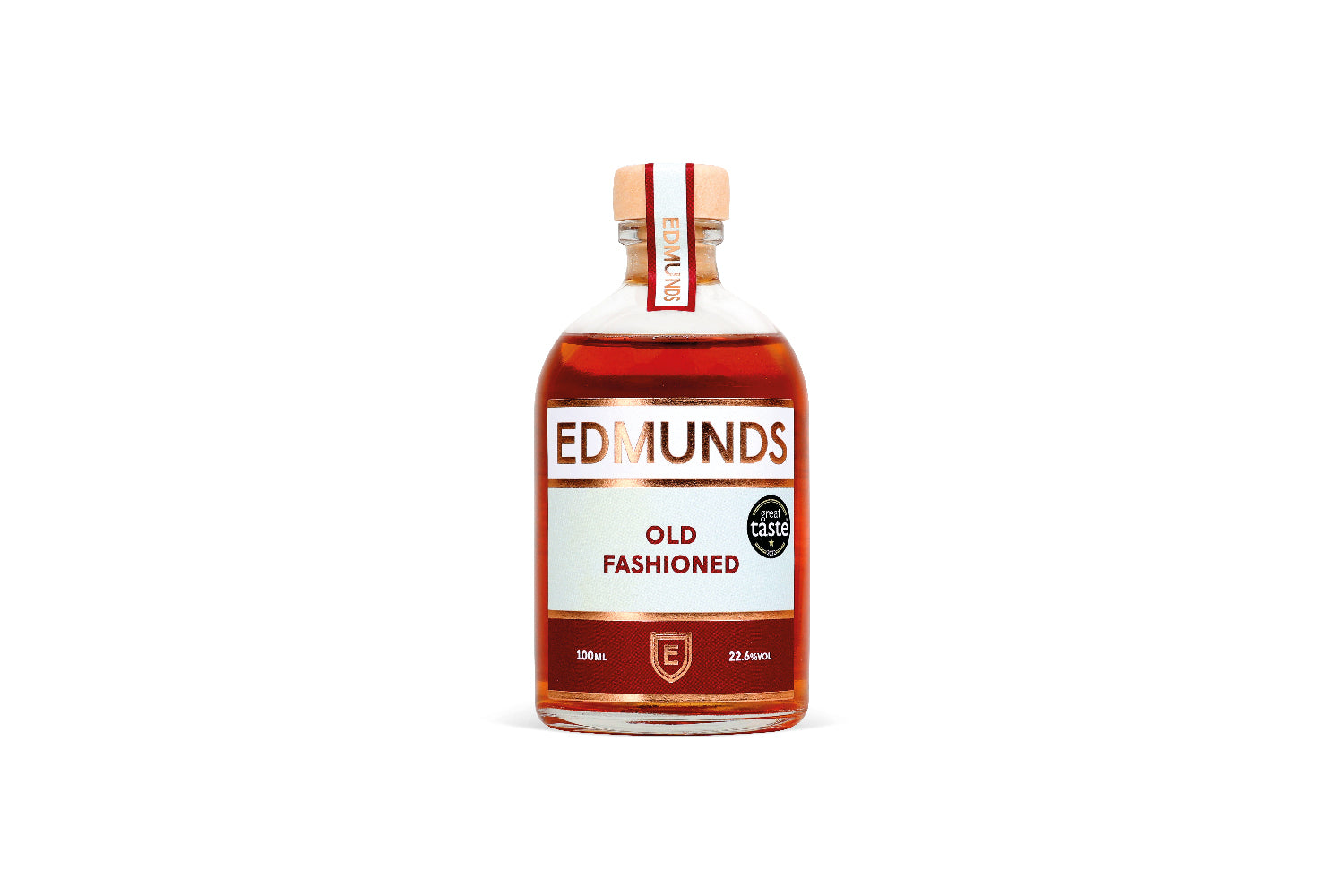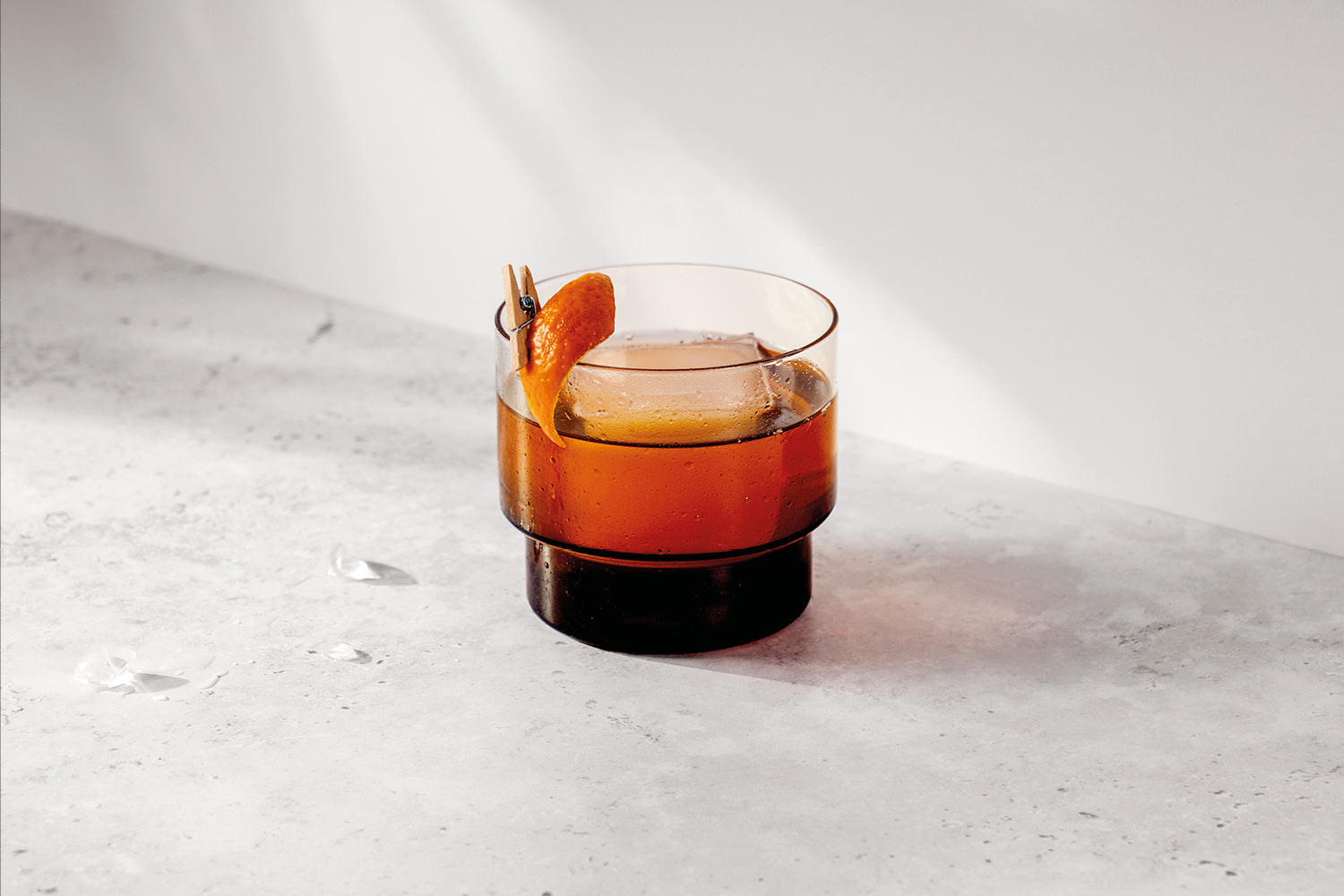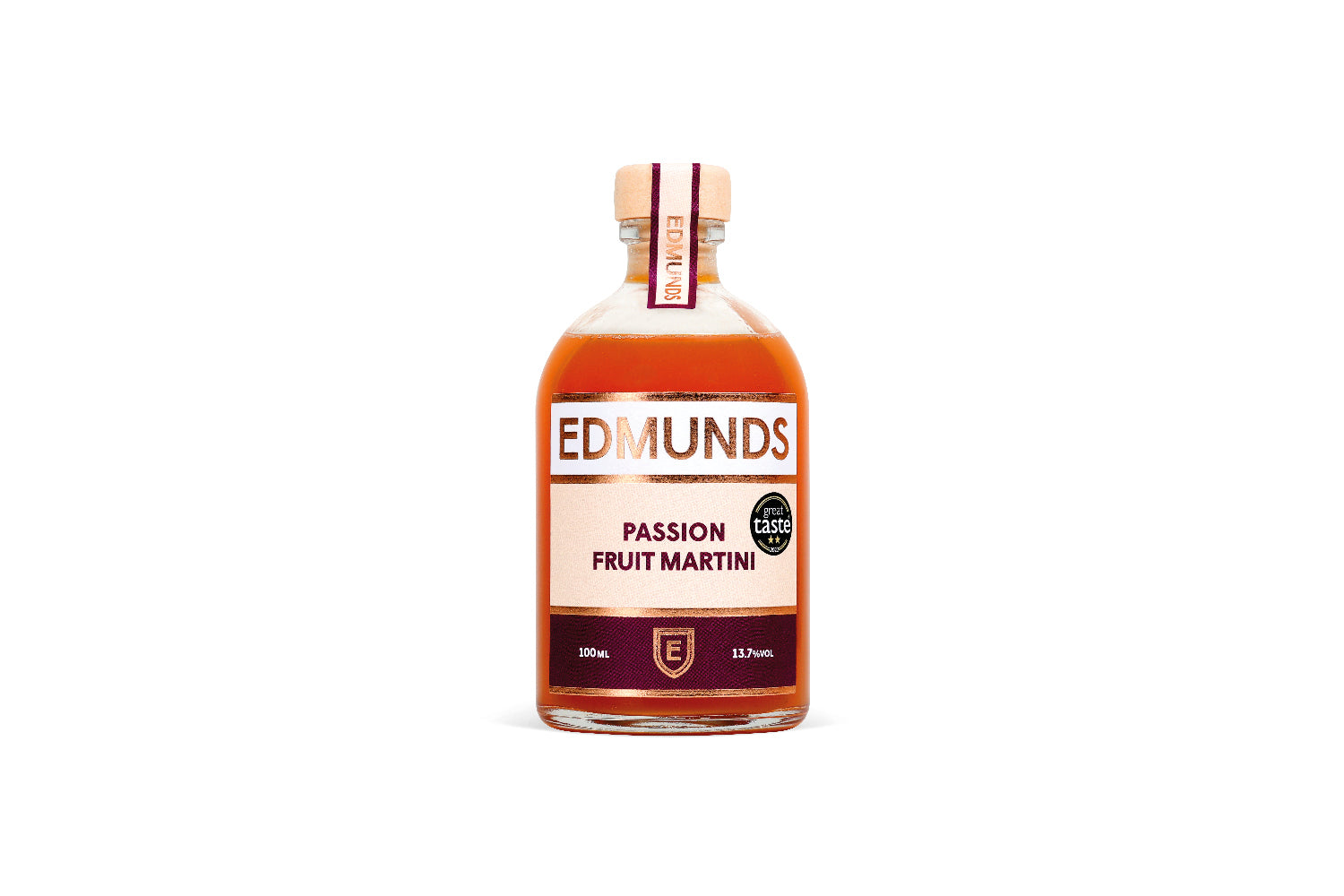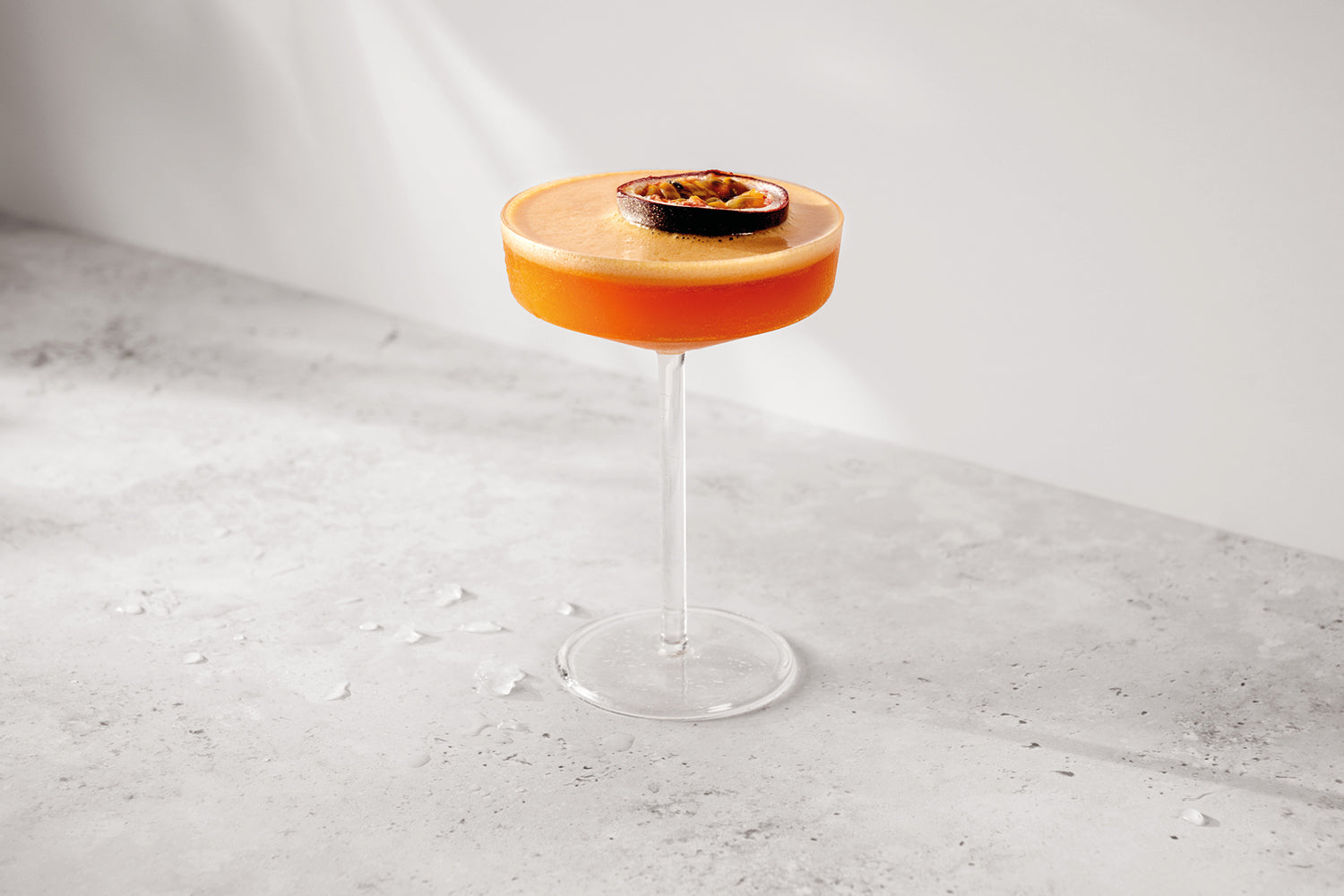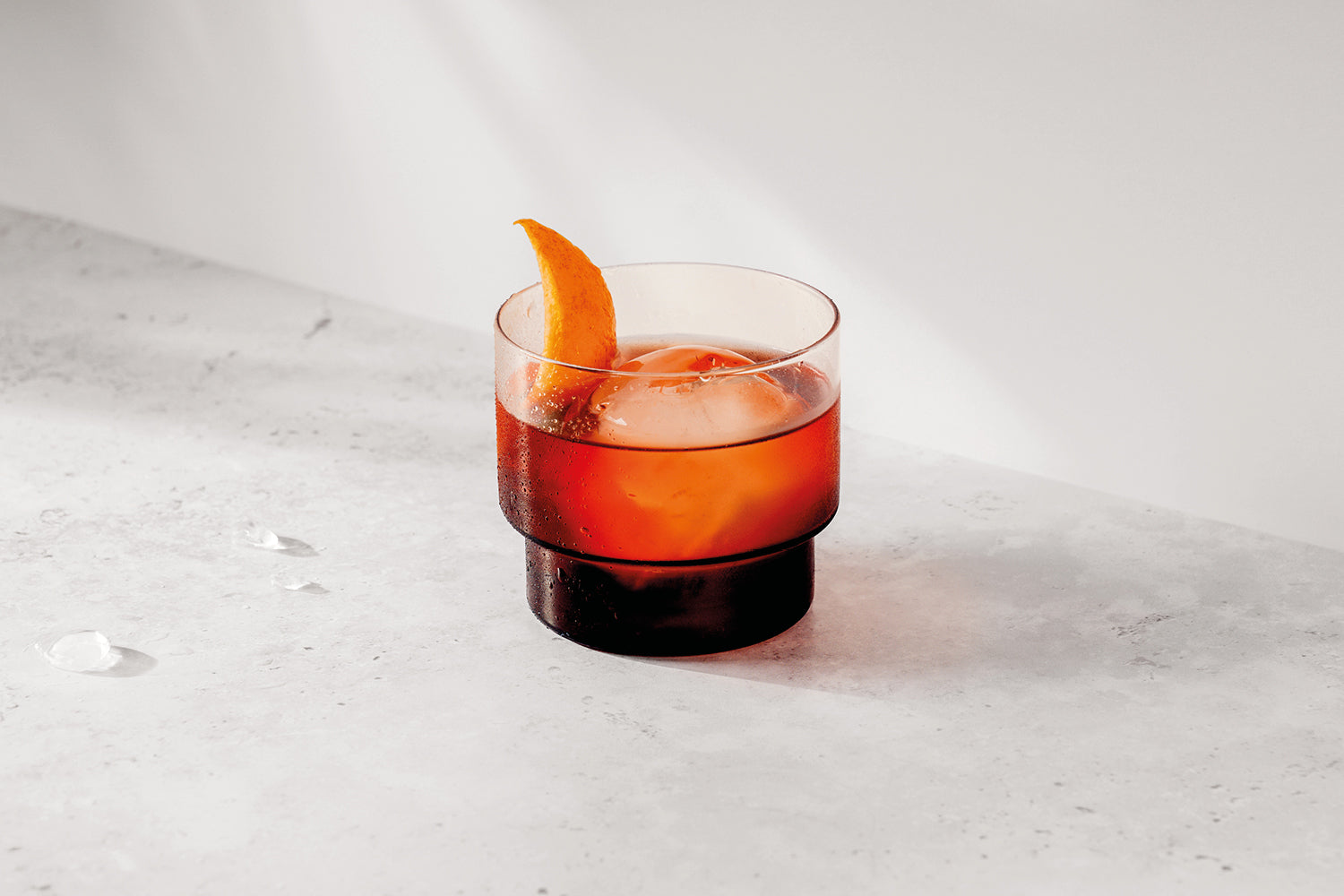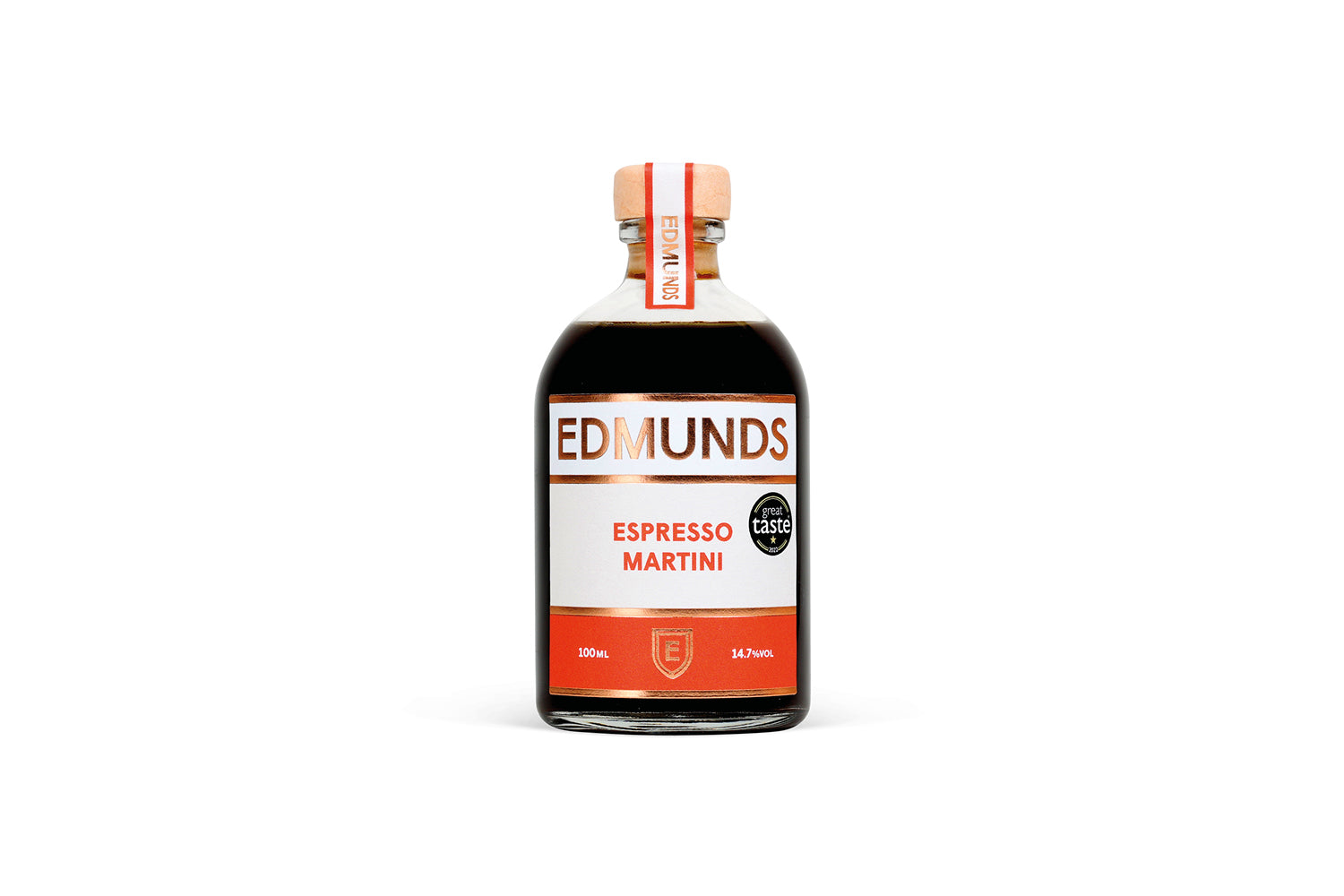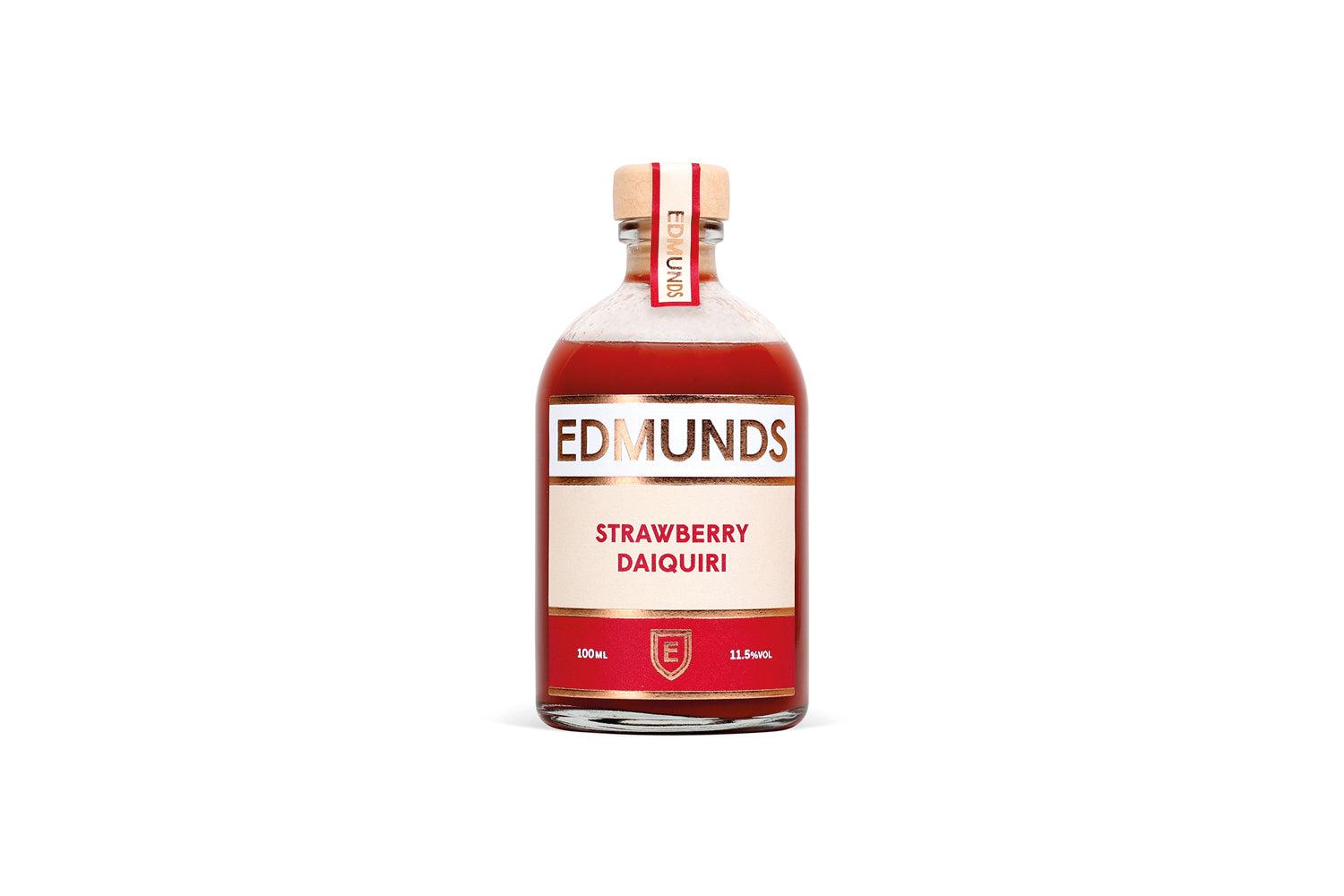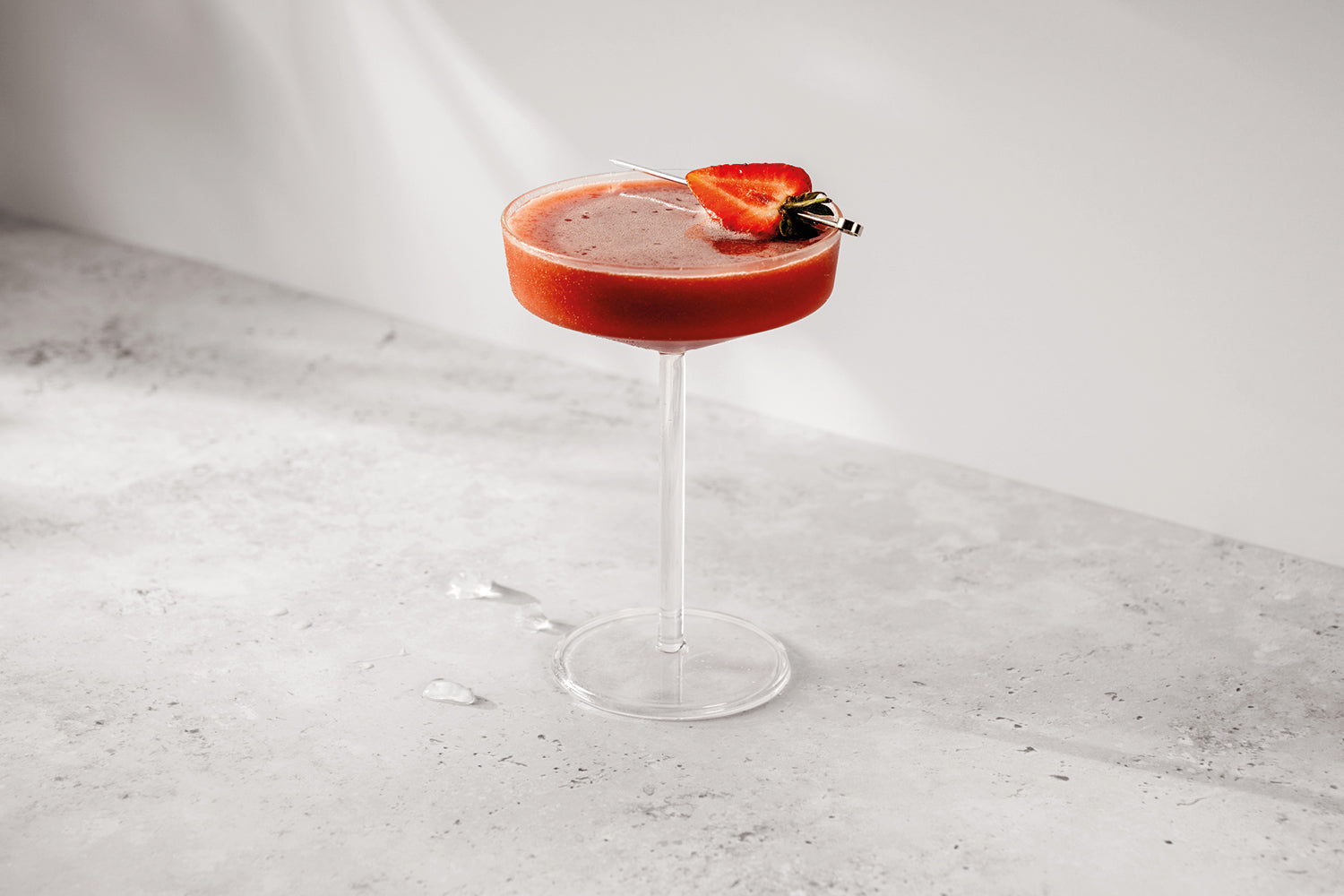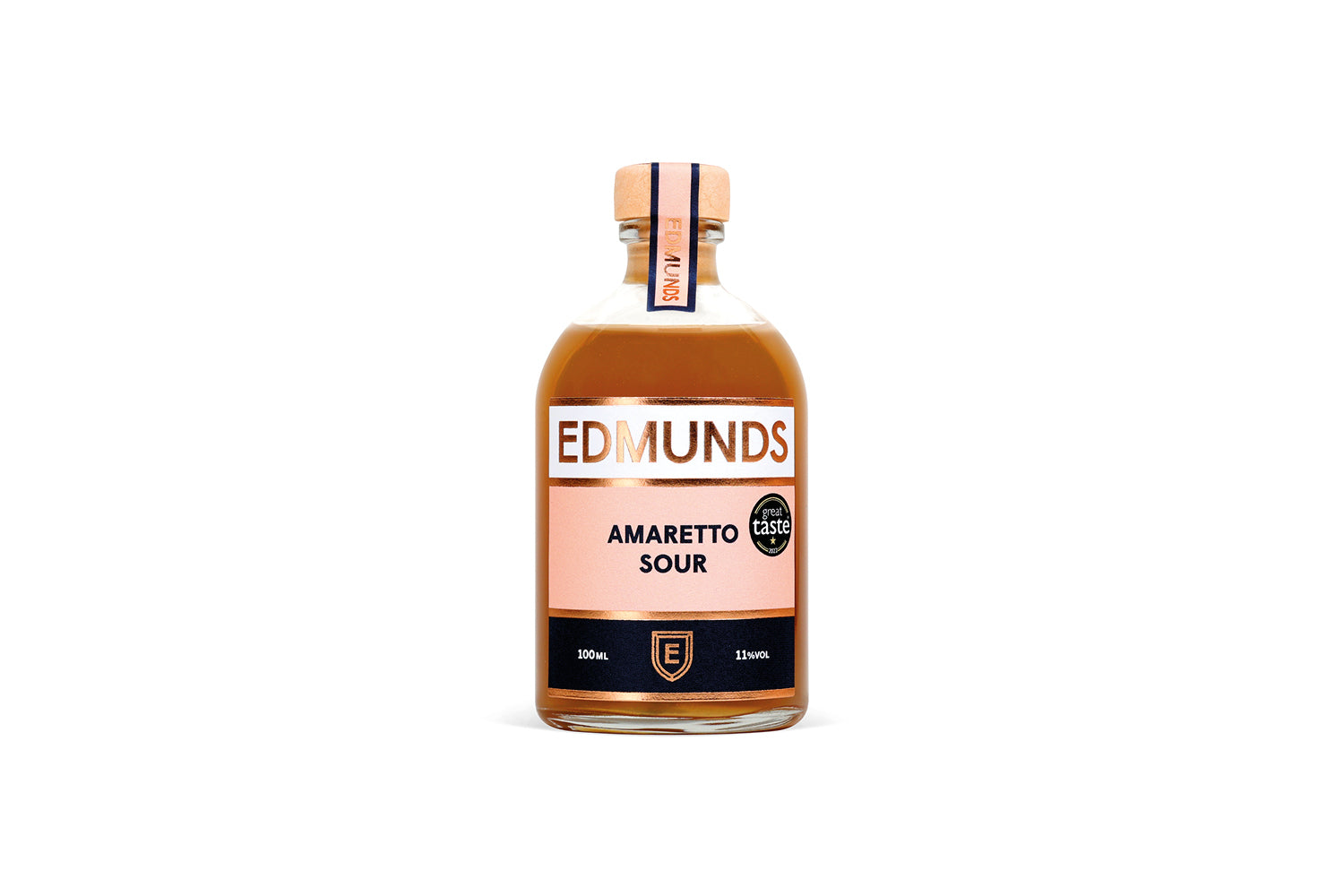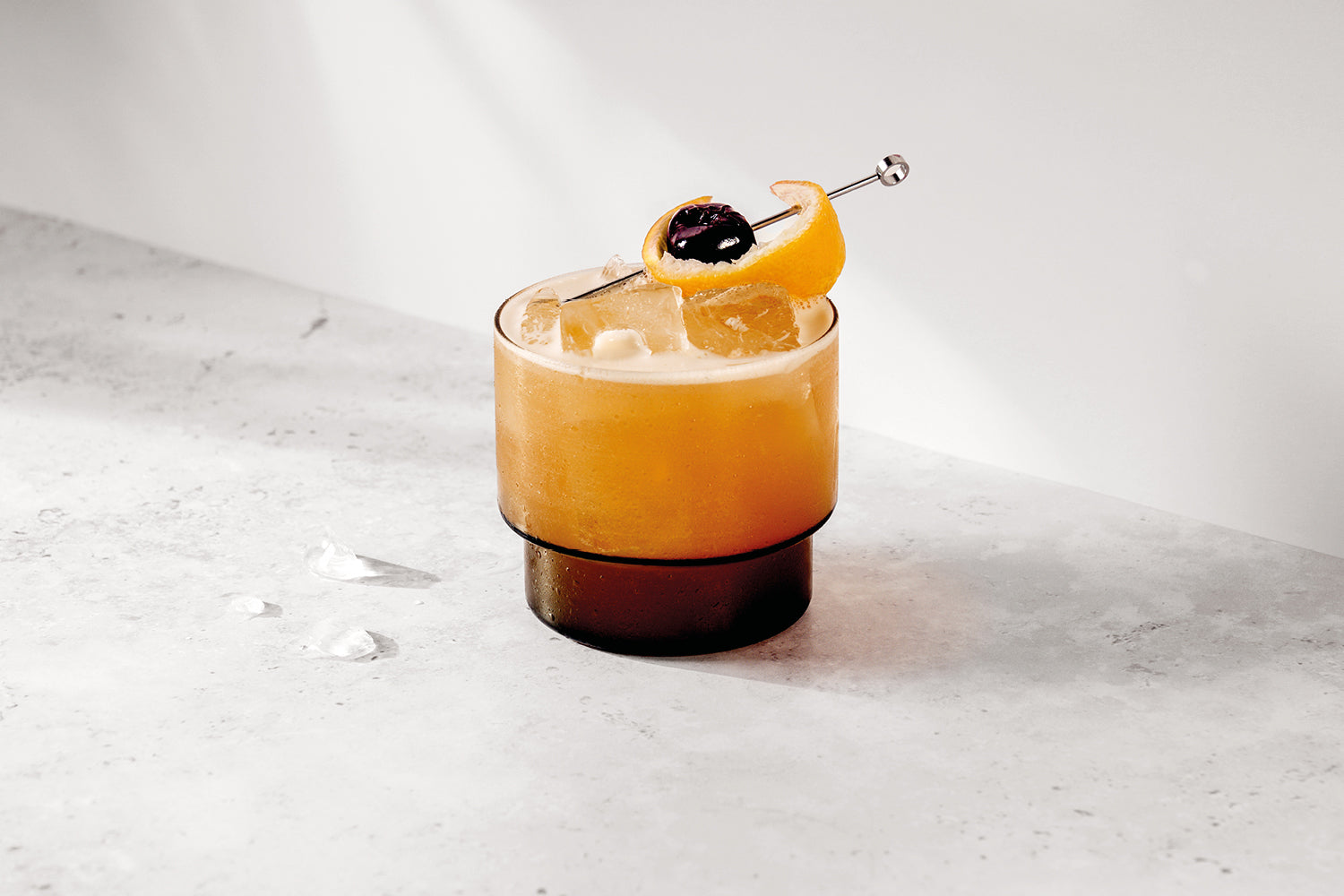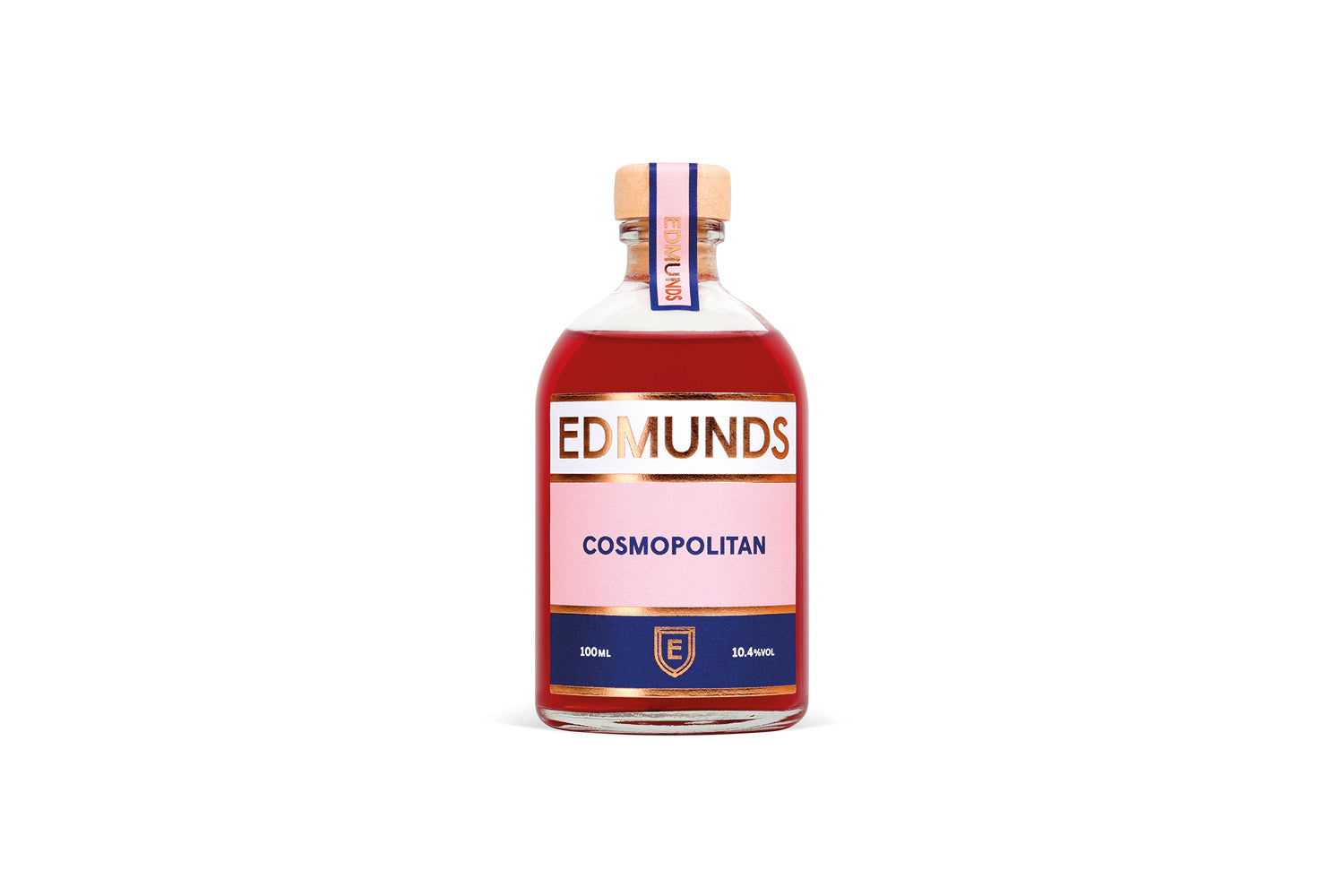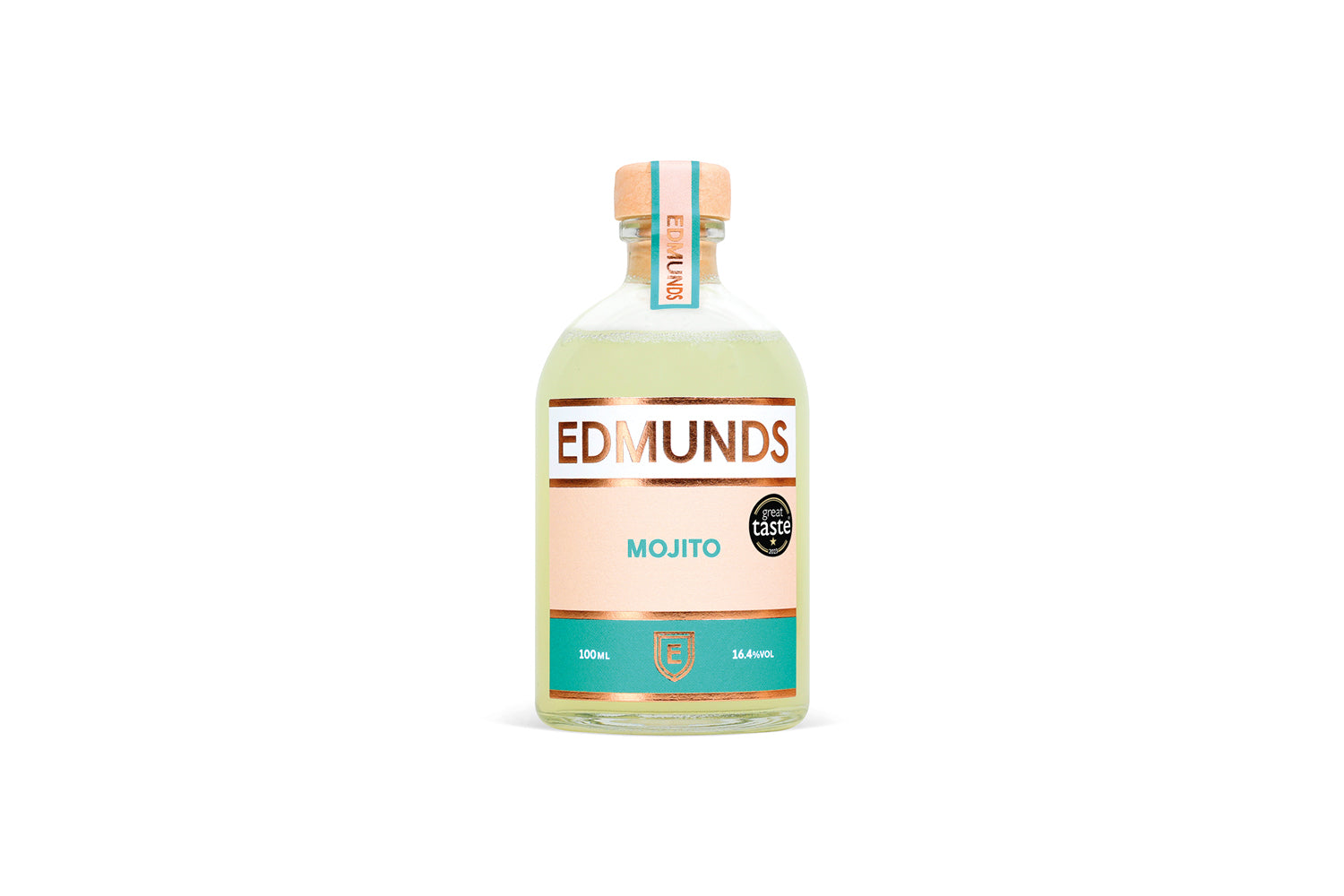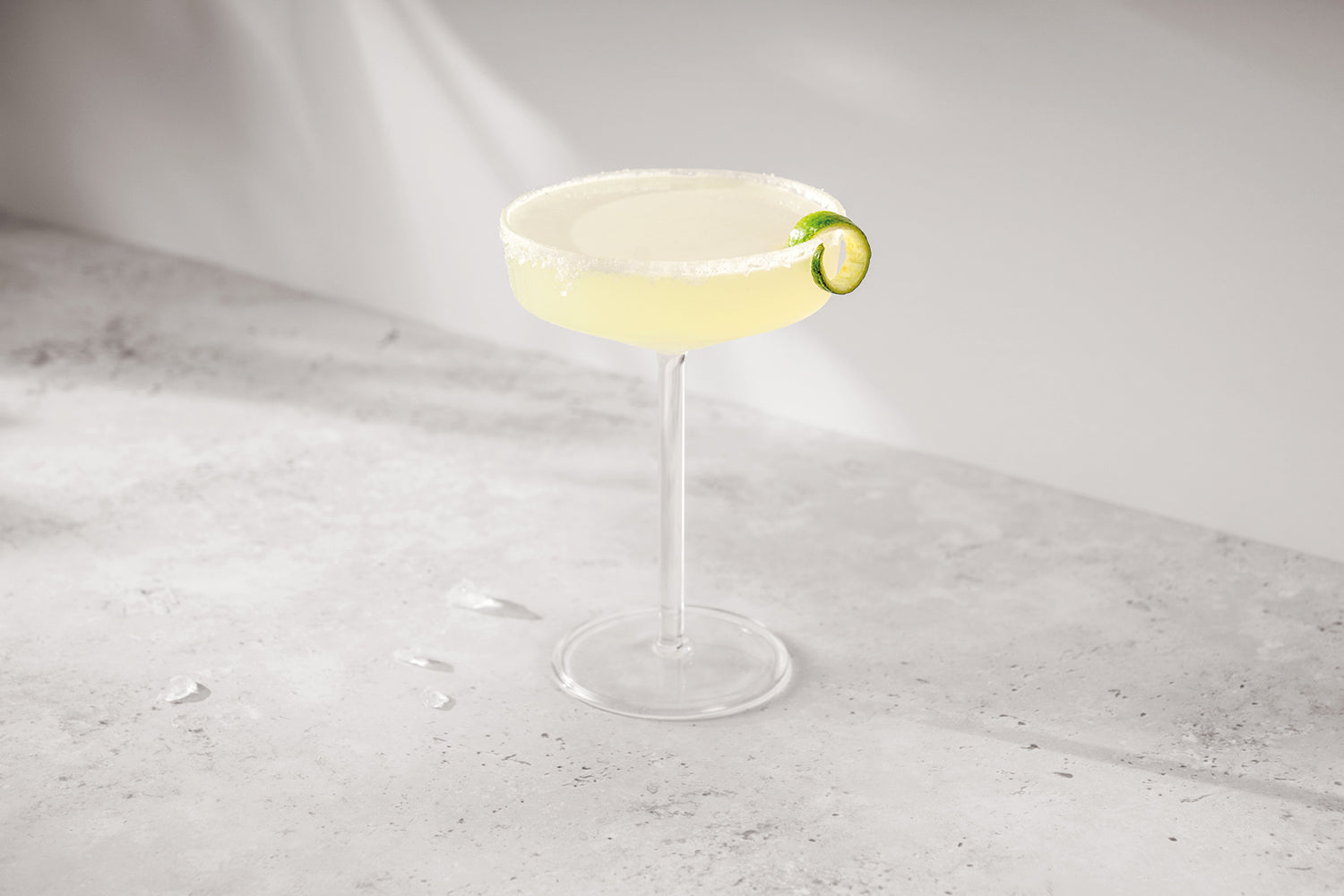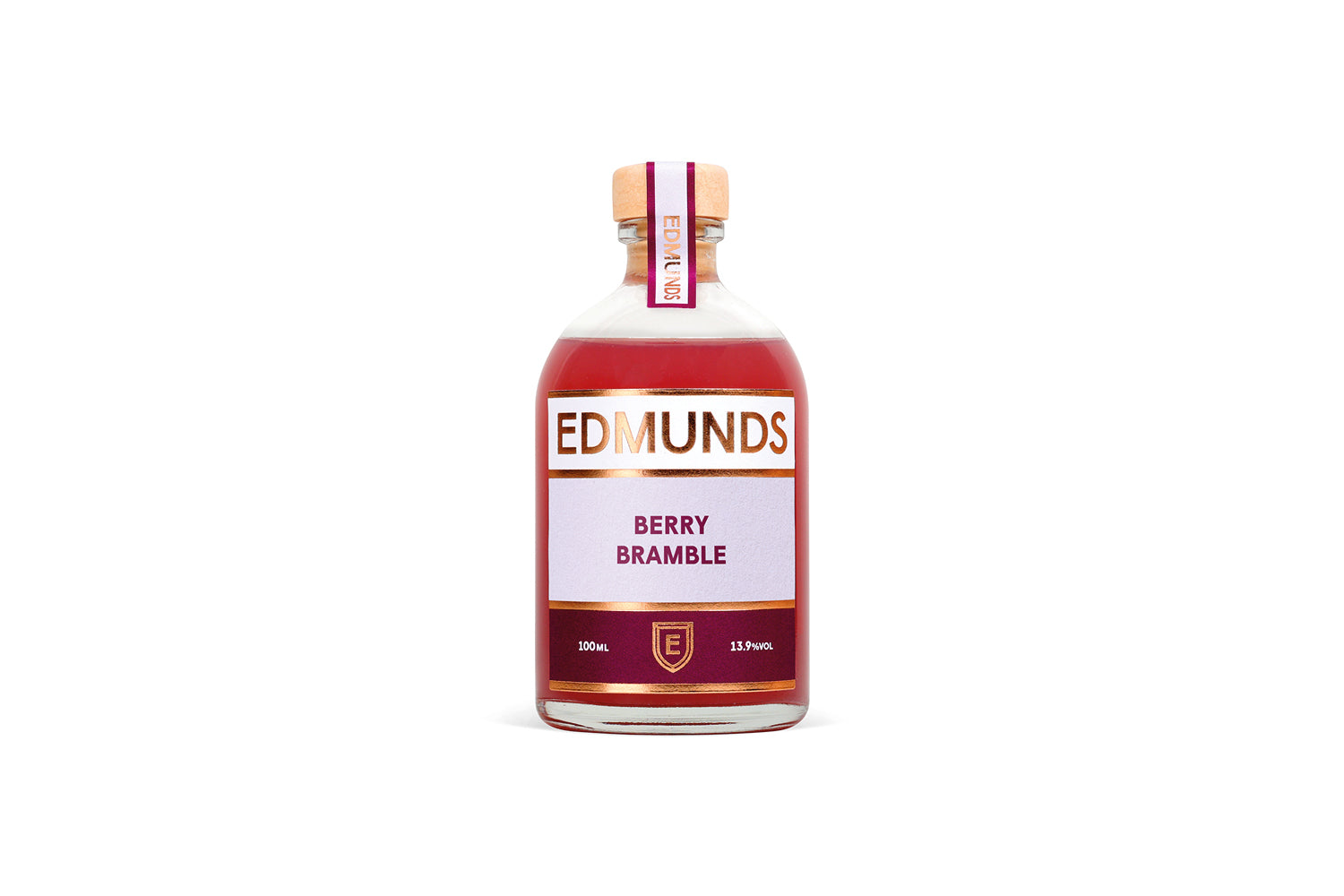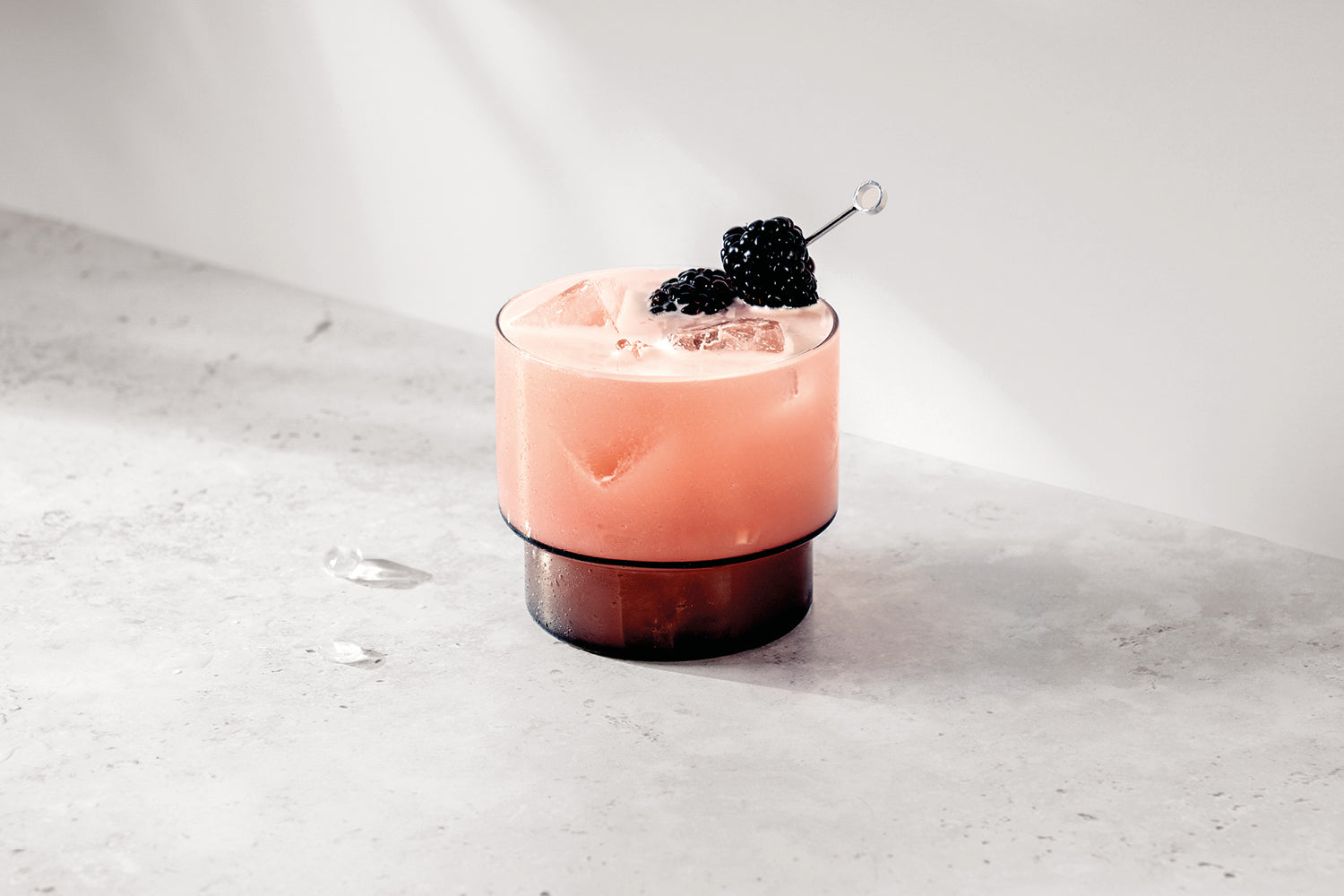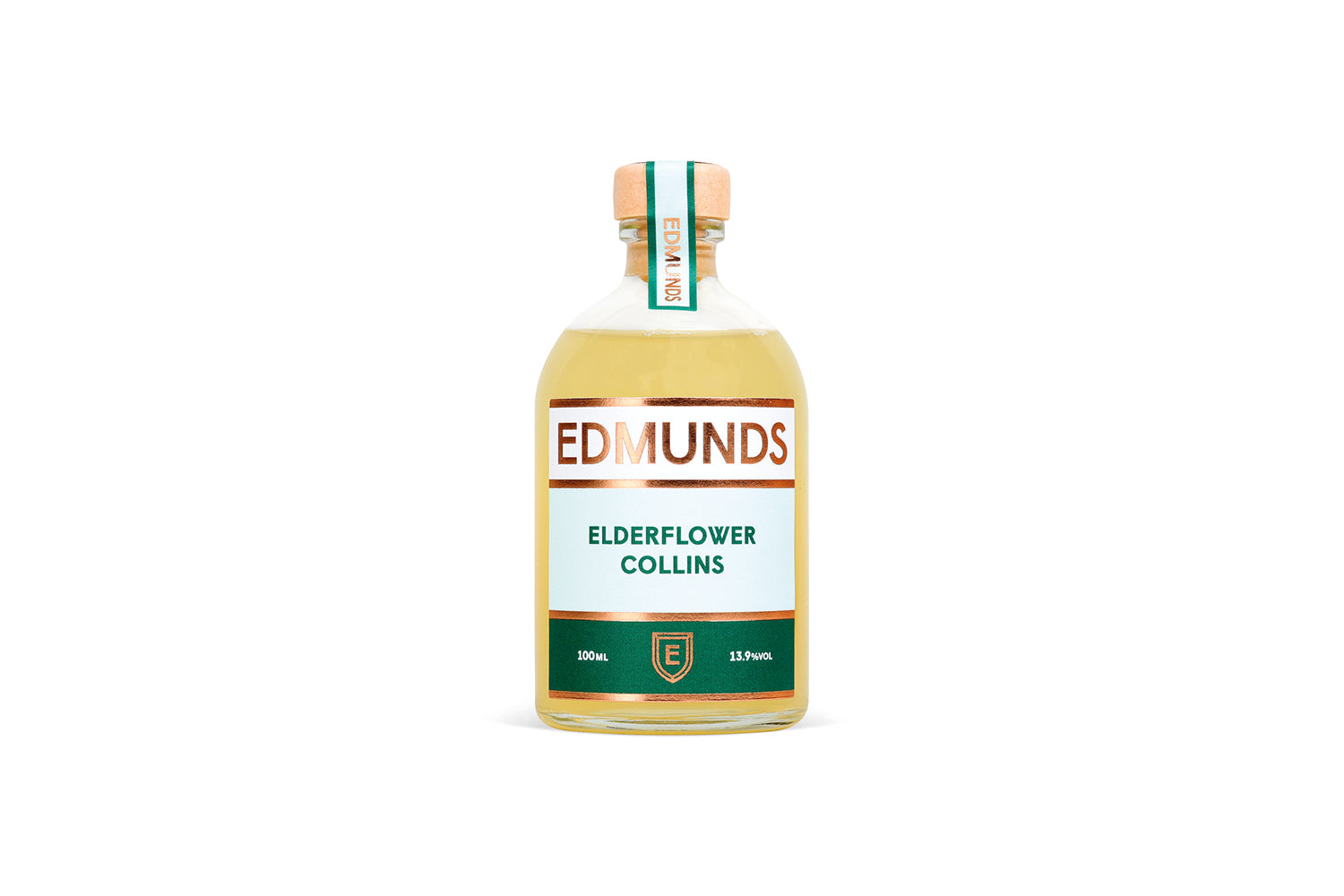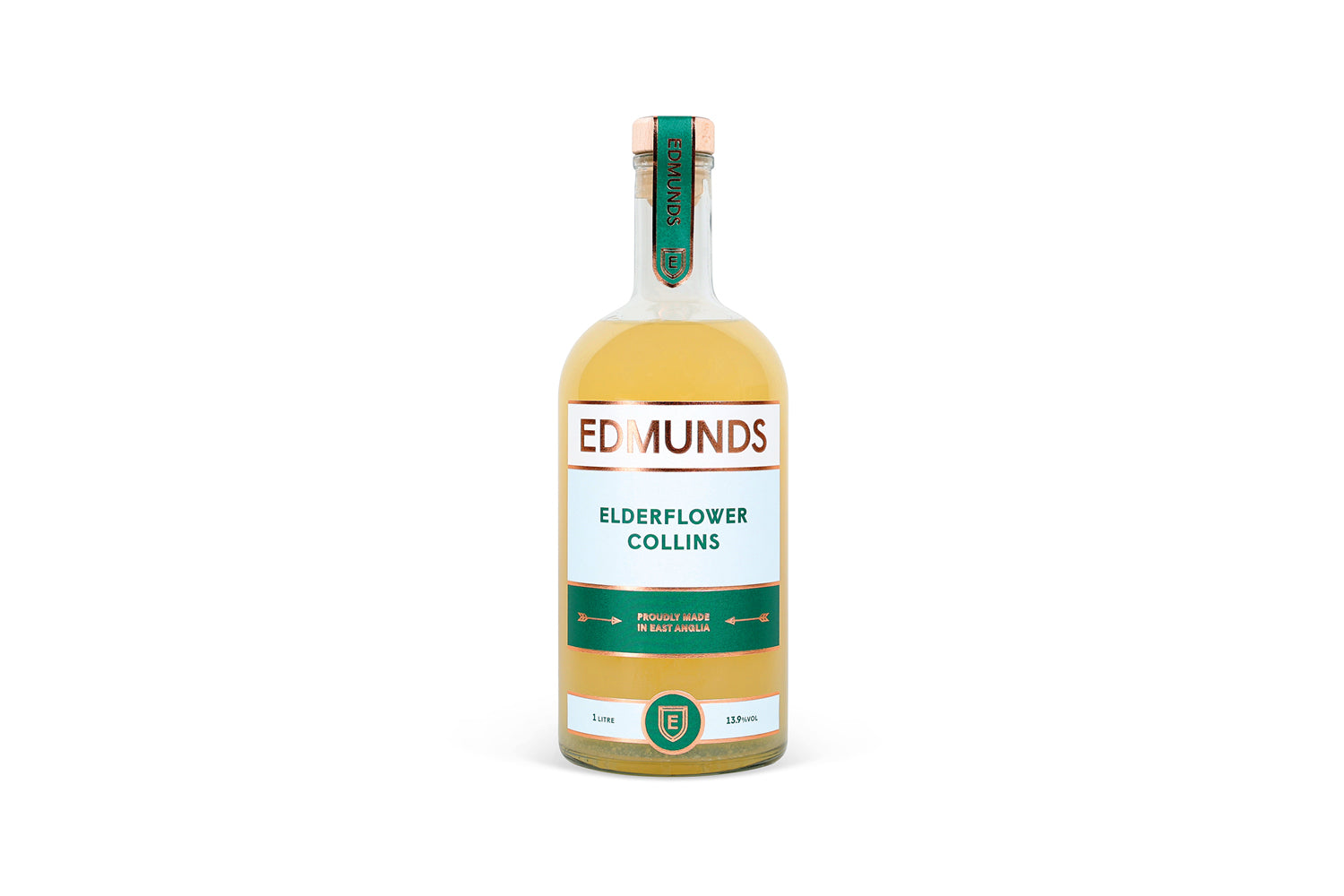If you had to compile a list of the all-time, top-ten cocktails, it’d be hard to imagine the Margarita not making the cut. With the thick end of a hundred years of history behind it, this iconic Mexican drink has more than earned its place as a permanent fixture on the bar menu.
Like its white-rum-based sibling, the Daiquiri, the Margarita has also spawned dozens of variations on the original theme* - largely because the simplicity of its components – tequila, lime juice, agave nectar and triple sec – makes it easy to change the flavour profile by swapping in different fruits.
Citrus rules
That said, sharp, citrusy flavours are hard to beat – both as a foil for the tequila and a partner, or substitute, for the triple sec.
In fact, Edmunds’ first Margarita riff – the Kumquat Margarita – was designed to tweak its flavour profile towards a sweet-tangy-fragrant finish that would pair perfectly with smoky/spicy food.
Grapefruit is a natural fit for a Margarita spin-off. Although the fruit was only introduced into America’s southern states in nineteenth century, it had become ubiquitous in the US by the early 1900s.
During the novelty-hungry mid-century cocktail boom, grapefruit juice quickly gained popularity in drinks like the Greyhound (vodka and grapefruit) and the Paloma (tequila and grapefruit soda) which showcased its uniquely tart, bitter flavour. The Paloma, reputedly invented by legendary Mexican bartender Don Javier Delgado Corona, paved the way for grapefruit and tequila to become a favoured pairing long before bartenders began mixing grapefruit into Margaritas.
A couple of years ago, we launched a limited-edition Paloma as a summer special – its Margarita-style base paired with refreshing soda and served over ice in a Collins glass making the perfect brunch companion.
Grapefruit Margarita
Even without Paloma’s fizzy bells and whistles, though, grapefruit is a solid choice for a Margarita variant – a fact that didn’t escape the mixologists responsible for driving the craft cocktail movement of the 1990s and 2000s, where classic drinks were reimagined with fresh ingredients, often using artisanal components.
Grapefruit juice became widely used in cocktails, as an alternative to lemon and lime and the Grapefruit Margarita quickly became the de facto variety for many, its bitterness neatly regulating the sweetness of triple sec, and its acidity complementing the sharpness of tequila.
Its popularity also aligns with changing trends in drinking – cocktails with more fruit juice and less sugar offer a fresher feel than their sweeter counterparts. Edmunds’ new special edition ready-to-serve Pink Grapefruit Margarita contains only tequila, grapefruit and lime juice, with no added sugar. Add to that its aesthetic appeal – pale pink in a salt-rimmed coupe, garnished with a slice of fruit – and you have an Insta-perfect drink that looks as good as it tastes.
The Tequila Factor
The premiumisation of tequila is a cultural phenomenon – in the US, it’s the second most popular spirit after vodka. Here in the UK, interest in high-quality agave spirits is booming, too – enough to fuel the establishment of specialist ‘agaverias’ in London.
The grapefruit margarita has benefited from this trend, finding its way onto cocktail menus everywhere from beach bars to upscale lounges. Part of its appeal lies in its refreshing complexity. Where lime offers a sharp tang, grapefruit brings a layered, slightly bitter note that appeals to more sophisticated palates.
The grapefruit margarita is more than just a trendy twist, though – it’s a symbol of how cocktails evolve, and we’re absolutely here for it!
*Not shaming anyone else’s preferences (what you do in the privacy of your own home etc) but we draw the line at the so-called ‘beergarita’. Just to clarify: we like beer and we like Margaritas but only as separate menu items. Thanks for coming to our TED talk.



